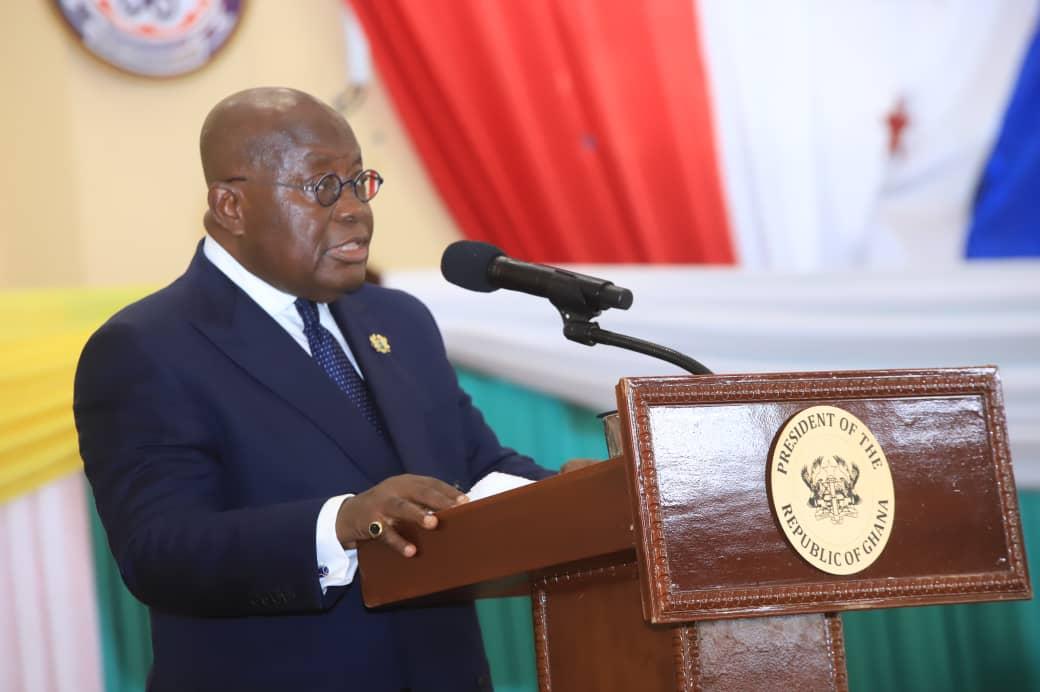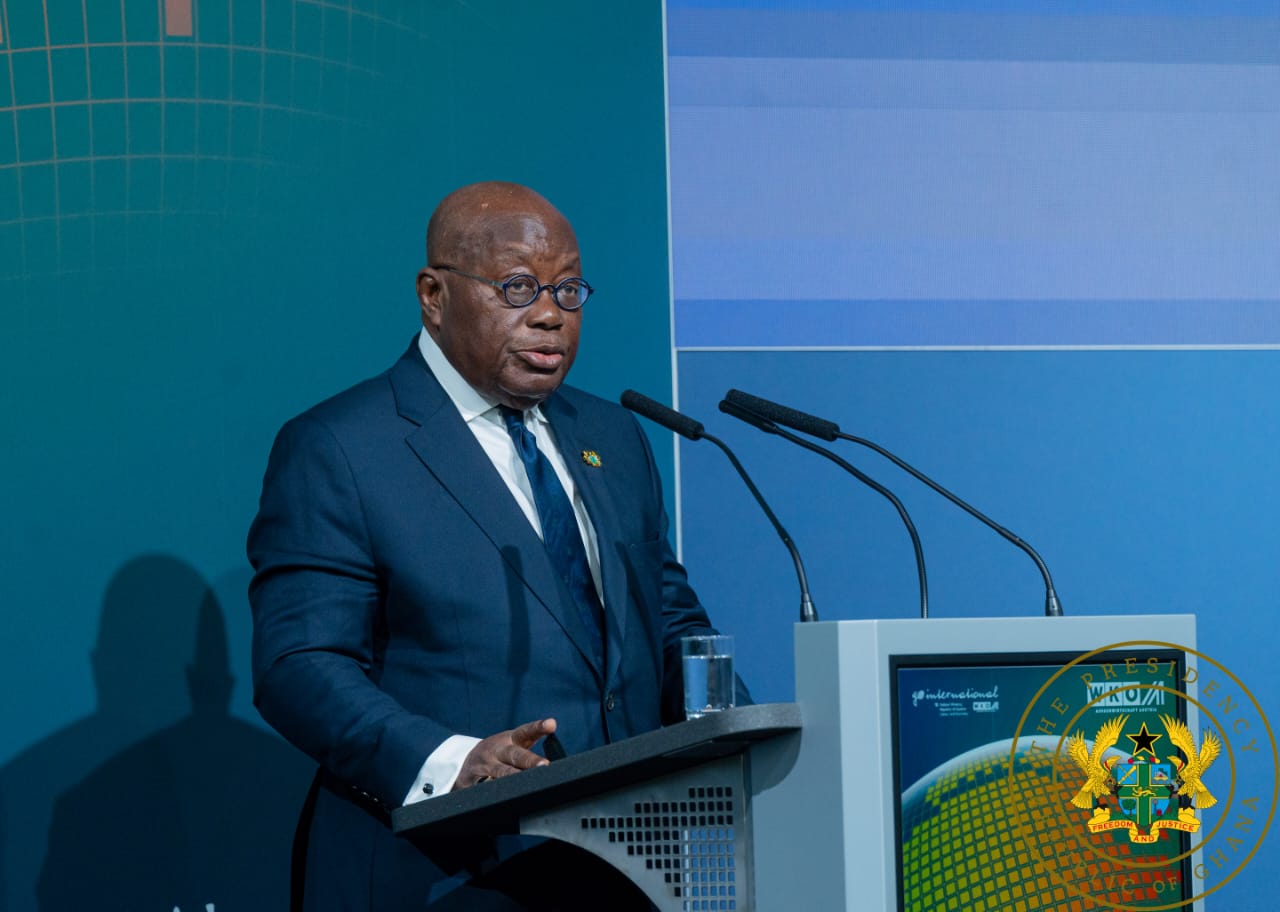
Discussions around the rise in pension fund assets took centre-stage at yesterday’s Money Summit 2025 organised by B&FT in partnership with Ecobank, the Pan-African bank.
This comes at a time when pension funds under management (AUM) are growing sharply. The value stood at GH¢78.2billion at the end of June 2024 – according to figures from the Pensions Digest – and is expected to cross the GH¢100billion threshold in 2025.
However, 90 percent of these assets remain heavily invested in government securities and money market instruments – exposing the system to concentration risks and limiting the funds’ potential to drive real economic transformation.
Incidentally, the devastating impact of the 2022 Domestic Debt Exchange Programme (DDEP) – which wiped out billions in expected returns – prompts a reassessment of the risks embedded in an overreliance on public debt.
Despite impressive growth, local pension assets are facing headwinds. Inflation stood at 22.4 percent in March 2025 while Treasury yields range between 15.32 percent and 18.37 percent -leaving many schemes posting negative real returns.
Overexposure to a single issuer – the government of Ghana – has compounded vulnerabilities at a time when fiscal consolidation remains the cornerstone of macroeconomic policy.
Market analysts believe the current system is heavily skewed toward government securities, which is a risky strategy – especially when government is still emerging from a fiscal crisis.
Some experts believe it would be prudent for pension funds to be sunk into equities and alternative assets that can deliver better returns and contribute to national development.
High borrowing costs, currency depreciation and elevated inflation have created a challenging environment for private sector growth, undermining the viability of many prospective investments.
Analysts have argued that the incentive to do alternatives is currently very low, with prevailing macroeconomic conditions cited as the biggest factor.
Yet the long-term case for diversification remains compelling. SMEs contribute between 60 percent and 70 percent of Ghana’s Gross Domestic Product (GDP) and employ over 80 percent of the workforce – but continue to suffer from chronic underfunding.
The DDEP highlighted an urgent need for better risk diversification strategies.
The post Editorial: New model needed to leverage pension savings appeared first on The Business & Financial Times.
Read Full Story

















Facebook
Twitter
Pinterest
Instagram
Google+
YouTube
LinkedIn
RSS